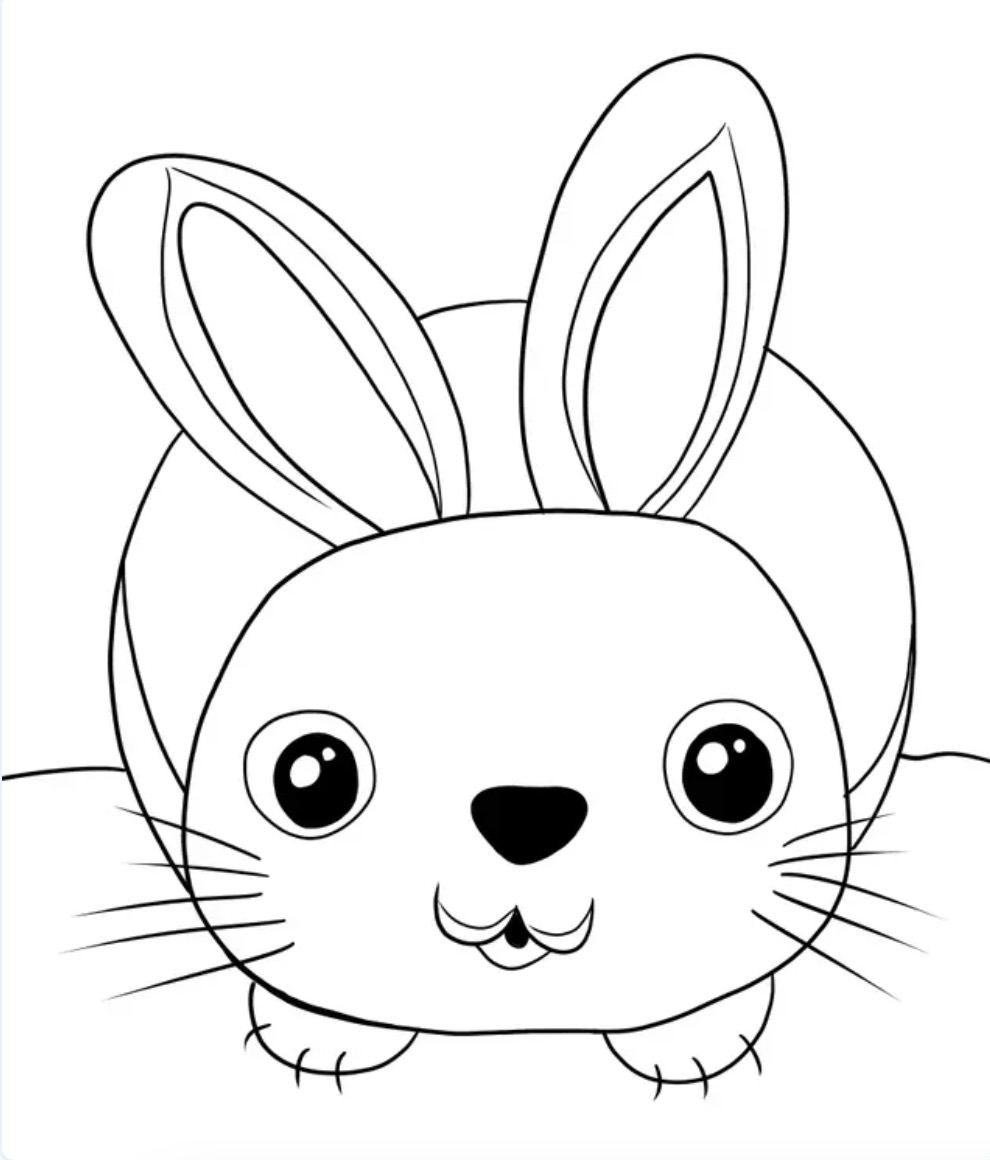There’s something powerful about a child gripping a crayon for the first time. It’s not just about putting color on paper—it’s the beginning of communication, exploration, and learning. While classrooms today are packed with screens, apps, and fast-paced programs, something as simple as coloring still holds real value. And not just for toddlers. Hands-on creativity, like drawing and coloring, remains one of the most meaningful tools in education—for all ages.
Drawing Before Words: What Early Scribbles Really Teach
Before children can form letters, they draw. Scribbles may look random, but they’re part of how the brain learns to control the hand. These early marks are tied closely to developing fine motor skills. They help kids build the muscles and coordination needed not just for writing, but for holding objects, using tools, and doing everyday tasks like buttoning a coat.
But it’s not only about the physical side. Coloring gives young children a way to express themselves before they have the words. They learn to choose, to make decisions, and to respond emotionally to what they create. These early activities connect hand, eye, and brain—and that connection is a foundation for learning in every subject.
There's No Age Limit on Creativity
Too often, we associate coloring and drawing with preschoolers. Once children start formal schooling, the crayons are packed away to make room for pencils and worksheets. That’s a mistake.
Older kids—and even teens—still benefit from creative, hands-on activities. Drawing and coloring calm the nervous system. They give the brain space to process information, especially for children who struggle with traditional instruction. Creative breaks during the day help with focus, emotional balance, and even memory.
And it doesn’t stop in childhood. Many adults return to coloring as a way to reduce stress or manage anxiety. In a time where we’re often overloaded with digital input, doing something with your hands feels grounding. It helps people slow down and connect with their thoughts in a way that typing on a screen doesn’t.
Process Over Product: Why the End Result Doesn’t Matter
One of the biggest mistakes adults make when guiding children through creative work is focusing on the outcome. Did they stay in the lines? Did they pick the “right” color for the sky? Was it neat enough?
That kind of thinking strips away what coloring and drawing are really about.
The value lies in the act itself. When a child spends time choosing colors or filling a page, they’re practicing decision-making. They’re learning to stick with something, even if it takes a while. And they’re exploring their own ideas and preferences. Correcting or judging the result too much takes away that personal ownership.
Let the sky be purple. Let the grass be blue. That’s creativity in action—and that’s learning.
How Structured Coloring Supports Learning
Not every drawing session has to be a blank page. Structured tools, like coloring pages, also play a key role in education when used thoughtfully.
For younger kids, themed coloring pages help with concept reinforcement—like animals, letters, or numbers. They make it easier to tie creativity to academic skills. Children can practice pattern recognition, visual memory, and even early literacy just by coloring within a focused topic.
Older students benefit too. More complex coloring designs can support concentration and attention to detail. And in subjects like science or history, labeled coloring sheets help reinforce terminology and ideas in a more interactive way than reading alone.
The key is using them not as busy work, but as learning tools. If children are given the freedom to explore while also working within a framework, their brains are actively building connections.
Bringing Creative Work Back into the Learning Space
Many classrooms and homes push creativity aside to make room for “real learning.” But the truth is, creative work is real learning. It supports the emotional, mental, and physical sides of development—something that test-based education often forgets.
Making space for coloring and drawing doesn’t mean replacing core subjects. It means reinforcing them with approaches that engage different parts of the brain. Not every child will respond to words first. Some understand better through color, space, and movement.
For teachers and parents, the takeaway is simple: don’t see creative tools as a reward or filler. See them as part of the learning structure itself. That means keeping crayons, markers, and coloring books out in the open. Making space for mess. Accepting that not everything needs a grade.
Conclusion: Keep the Crayons on the Table
Creativity isn’t just for art class. It’s a lifelong tool that helps people process, understand, and express ideas. From a toddler’s first scribble to an adult’s quiet coloring session after a long day, the act of creating with your hands offers more than most people realize.
And maybe that’s the point—it’s not flashy, and it doesn’t come with a digital badge. But the benefits are steady, lasting, and real.
Whether it’s through free drawing or guided coloring pages, we shouldn’t outgrow creative tools. We should lean into them. Because behind every simple crayon stroke, there’s a whole world of learning happening.






Comments